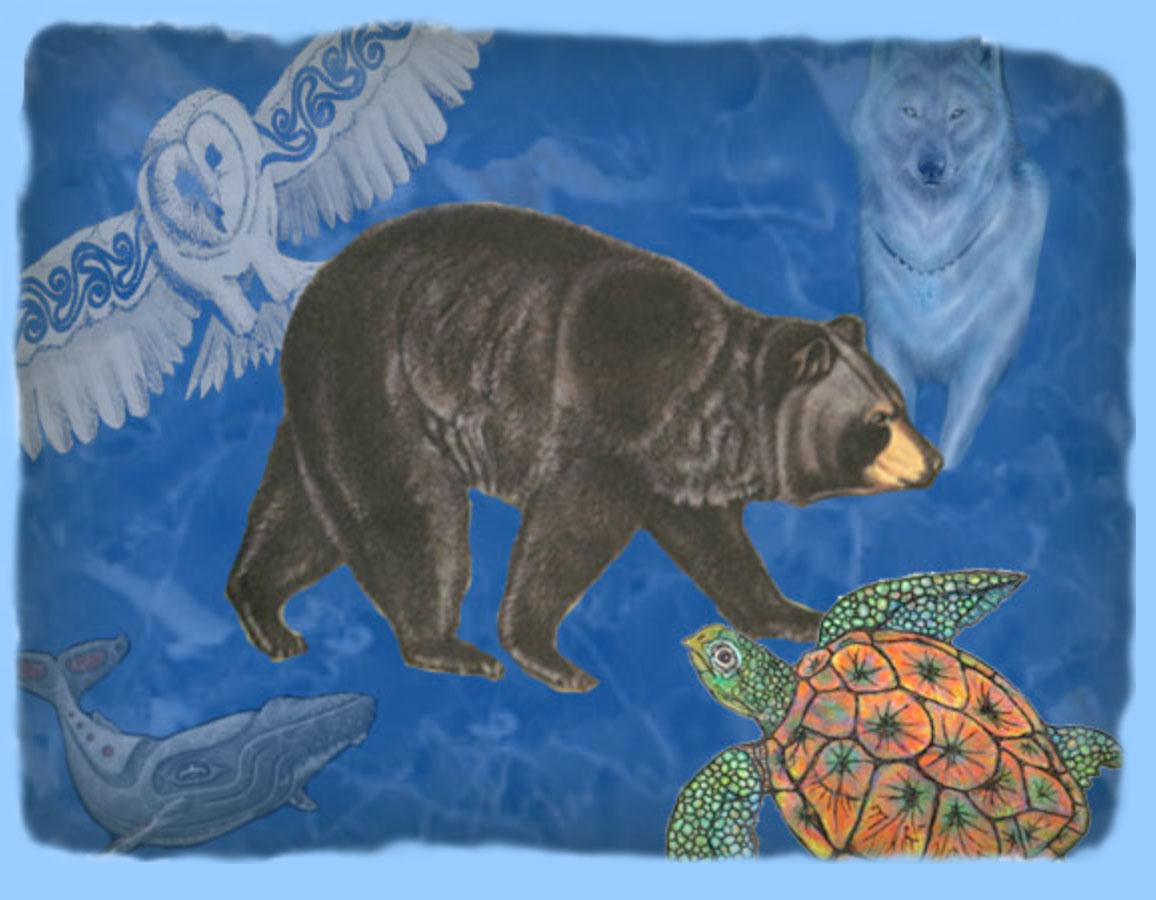 |
| |
| |
| |
I planned the ceremony together with my friend and colleague, Julie Colwell, Ph.D., founding director of the BC3. In addition to her professional work as a psychologist, Julie has considerable experience with shamanism, both as a workshop participant and as a client. She also has strong spiritual practices of her own, which we were able to draw on in a beautiful way. We had 3 or 4 underlying assumptions as we met to plan the ceremony: 1) strong and unified intention on the part of everyone was essential, 2) advice from transcended ancestors was needed to create that intention in the group, 3) we would need experienced journeyers for at least a few key roles in the ceremony, and 4) it would not be necessary to teach or explain how the Spirit Canoe practice itself is actually done. Our plan was that I would serve as the shaman in the center of the boat, and that Julie, as the BC3’s founder, would be in the role of client, on behalf of everyone in the circle. Additionally, there would be an experienced journeyer in the bow of the boat, and 2 or 3 strong drummers in the stern. My thoughts at that point were that people with journeying experience would be interspersed with non-journeyers along the sides of the canoe, I would ask people to sing and paddle, and the spirits would take care of the rest.
|
|
| |

|
|
| |
The big experiment, in my mind, would be how everyone present would connect with a transcended ancestor, in order to create a unified intention for the ceremony. Knowing something of Julie’s spiritual practice, I asked her, “If you wanted to connect with a transcended ancestor to ask a question without journeying, what would you do?” She answered easily, “I would set an intention to connect with an ancestor of high vibration, and ask my question in my heart.” She would do this as a form of meditation. So it was agreed. Julie would facilitate the first part of the ceremony, teaching people to connect with an ancestor spirit who was transcended, and ask for an intention for the ceremony. Journeyers in the group could do this in whatever way they chose, but there would be no drumming. Instead, Julie would select some meditation music to play in the background. At the end of the meditation, she would facilitate a conversation in which everyone would share what they received from their ancestor, look for the common themes, and ultimately arrive at a single, unified intention. One grand experiment! But I reminded myself as we completed our plans, that shamans are nothing if not explorers and experimenters, constantly learning, always watching to see what’s going to happen.
|
|
| |
| |
1 2 3 4
|
| |
Back to Articles & Stories |
|
| |
| |
|





